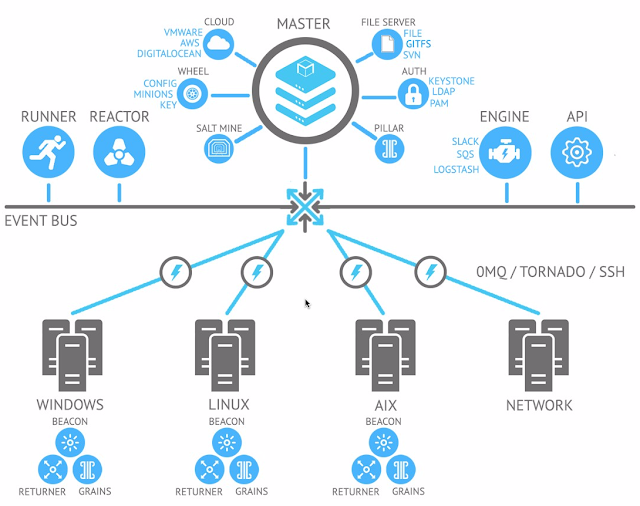Prime Candidate for Analysis

Promotions in Retail Promotions are part of the 4P's (Product, Price, Promotion, Place) of retail marketing. Promotions have always been a key part of the customer experience in retail. Promotional activities largely include a mix of marketing and advertising spend. Evolution of Promotions With the onset of digital/online retail, the nature of promotional activity have been changing. Earlier in the world of physical retail, promotions were characterized by a sense of "theatre". It was about decking up the stores with banners, special merchandising and other ploys (such as the KMart Blue Lights ). In the digital/online world, the "theatre" element has been replaced by one of "urgency". Flash sales, auctions, product launches etc. give customers a sense of urgency to grab the deals as they are available for a small amount of time. The One that Started it All Typically, promotions had been linked to major festivals or events such as Christmas (in most


